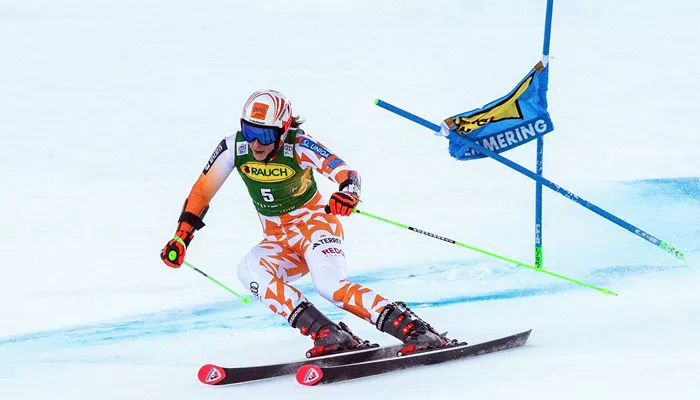The International Ski and Snowboard Federation (FIS) has announced a series of significant safety measures and season plans during its Spring Meetings in Vilamoura, Portugal. These updates, which aim to strengthen protections in Alpine ski racing, are pending final approval by the FIS Council next month.
Focus on Athlete Safety
Athlete safety remains a top priority for FIS. Several new regulations have been introduced after thorough research, consultations with stakeholders, and rigorous testing alongside National Ski Associations (NSAs), Ski Racing Suppliers (SRS), and equipment specialists.
Airbags Now Mandatory in Speed Disciplines
Beginning October 1, airbag systems will be mandatory in all Downhill and Super-G events at the FIS World Cup and Continental Cup levels. The introduction of airbags follows years of development, adapting technology first used in MotoGP to suit the unique demands of Alpine skiing.
The airbag units are intelligent systems designed to detect a crash and deploy before impact, focusing on protecting the skier’s torso. Their effectiveness has been tested in over 7,000 runs and more than 300 crash simulations. So far, airbags have deployed in 210 incidents during races and training sessions, involving over 200 athletes in real-world conditions. These results confirm their value in reducing injury risks.
Cut-Resistant Undergarments Required by 2025-26
To address the danger of lacerations from sharp ski edges, FIS will require athletes to wear cut-resistant undergarments in all World Cup and Continental Cup events starting in the 2025-26 season. This decision was finalized during the Spring Meetings in Portorož, Slovenia, in May 2024.
New Rules on Shin Protection
FIS has also revised rules regarding shin protection. Hard shin guards that extend beyond the ski boot will no longer be allowed, due to concerns about their impact on boot behavior and skier safety. Only soft padding enclosed within the boot will be permitted going forward. All protective equipment must conform to the natural shape of the body and must not interfere with the ski boot’s function.
These safety enhancements reflect FIS’s ongoing commitment to protecting athletes while maintaining the integrity of competition. Further updates on the season outlook and rule implementation are expected following the FIS Council’s review.

